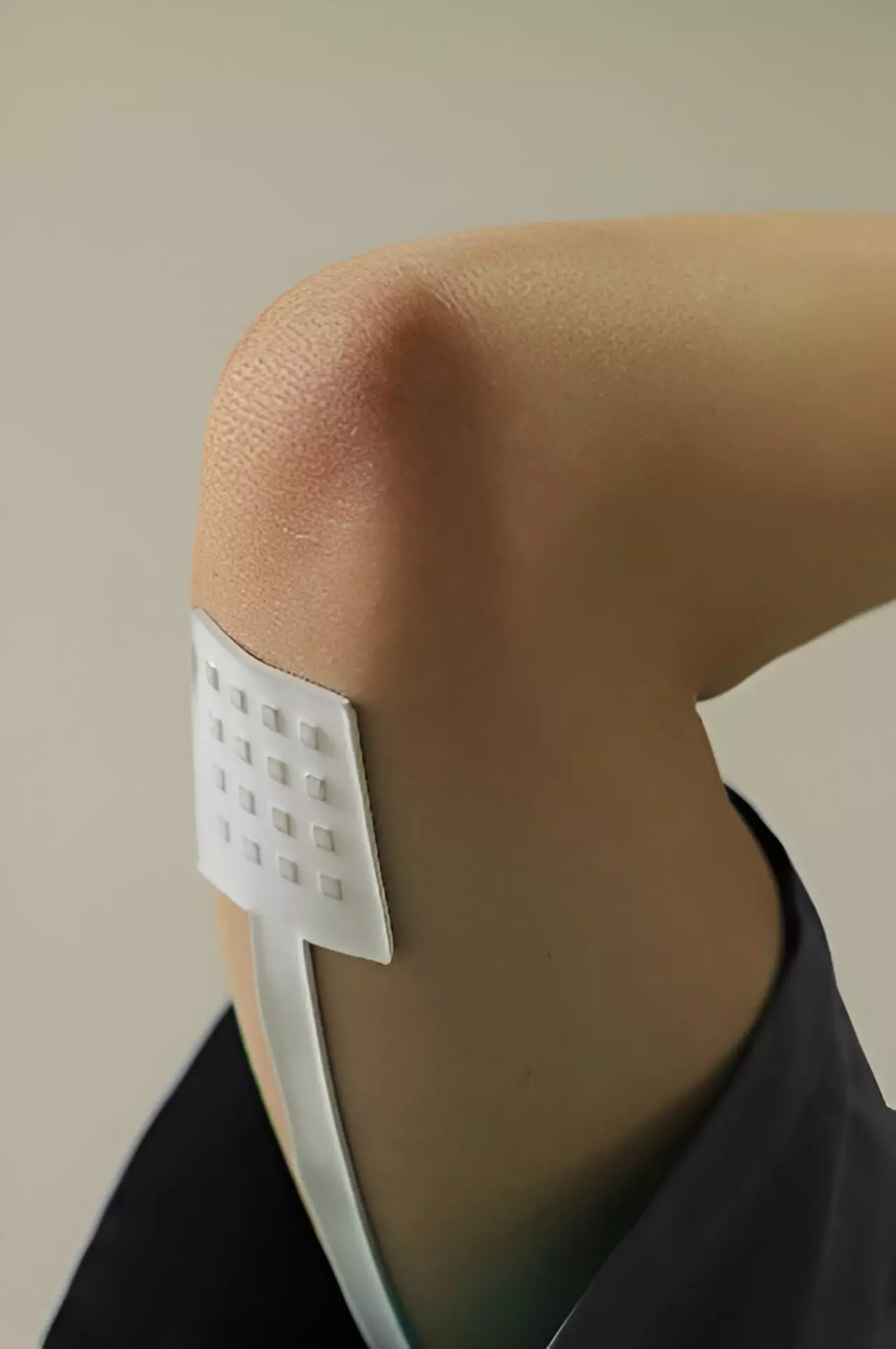Recent strides in research propose a groundbreaking advancement in the field of wearable technology—flexible tactile sensors that could redefine our interaction with the digital world. Imagine a new class of materials that can adhere to human skin, enabling real-time monitoring and responsiveness to various biomechanical signals. This vision is supported by groundbreaking work from scientists at Peking University, whose findings were published in *Science Advances*. Their innovative approach utilizes 3D micro strain gauges, integrating these sensors seamlessly into wearable devices, which promise high-density mapping of physical forces, as well as the potential for wireless communication of vital biomechanical data.
The core of this research lies in the development of 3D micro strain gauges, which are cutting-edge units capable of measuring pressure and a range of forces with remarkable precision. According to Han Mengdi, a principal investigator in this groundbreaking study, the transformation of traditional planar strain gauges into a three-dimensional structure not only enhances the range of detectable stimuli but also significantly improves the spatial density of tactile sensing. By leveraging lithographic techniques, researchers have managed to create these advanced sensors that demonstrate exceptional parallelization and stability, crucial for mass production.
An important aspect of this innovation is its compatibility with microfabrication processes, which are integral to modern electronics. The researchers employed an efficient transfer method that enables swift integration of these tactile sensors with existing microelectronic systems, paving the way for a harmonious blend of functionality and aesthetics in electronic devices.
Customizable Performance: Tailoring Sensors to Specific Needs
One of the standout features of these newly developed sensors is their customizability. Chen Xu, one of the co-authors of the study, outlined how altering various parameters, such as the shape of the 3D microstructure and the thickness of the thin films used in the sensors, allows for the tailoring of sensitivity and performance to meet diverse application requirements. This adaptability lays the groundwork for creating tactile sensors and e-skins that respond to specific user needs—ranging from healthcare applications to sports technology.
The sensor design incorporates four orthogonally arranged 3D micro strain gauges, which work together to accurately isolate and measure normal and shear forces. The integration of a temperature sensing module within these devices adds another layer of functionality, creating a multifaceted tool capable of offering a wealth of information about physical interactions.
A significant hurdle that traditional sensors face is crosstalk, where signals from different sensors interfere with one another, leading to inaccuracies. The research team addressed this issue through the design of an anti-crosstalk circuit. This innovation not only enhances signal clarity but also allows for enriched spatiotemporal mapping of force distributions—critical for applications that require high precision in force measurement at the human skin interface.
With robust compatibility across both micro and macro electronics, these sensors open avenues across various fields, including robotics, medicine, and consumer electronics. The research signifies a vital step towards realizing multifunctional wearable devices that can adapt to the wearer’s needs, fundamentally changing how we perceive digital interactions.
As the demand for more sophisticated wearable technology grows, the research from Peking University signifies a promising shift toward advanced tactile sensors that not only enhance user experience but also offer unprecedented levels of functionality. The implications of such technological advancements extend beyond basic utility—they herald a future where our skin could serve as a dynamic interface with the digital realm, capable of delivering real-time feedback and insights into our physical states.
This fusion of technology and biology heralds enormous potential to transform how we interact with our environment. Whether paving the way for advancements in healthcare monitoring, enhancing athletic performance, or integrating seamlessly into consumer electronics, the future of flexible tactile sensors is a concept that reshapes our understanding of what is possible in wearable technology. As researchers continue to innovate in this field, we stand on the brink of a new era where our interactions with technology become as natural and intuitive as a touch.


Leave a Reply